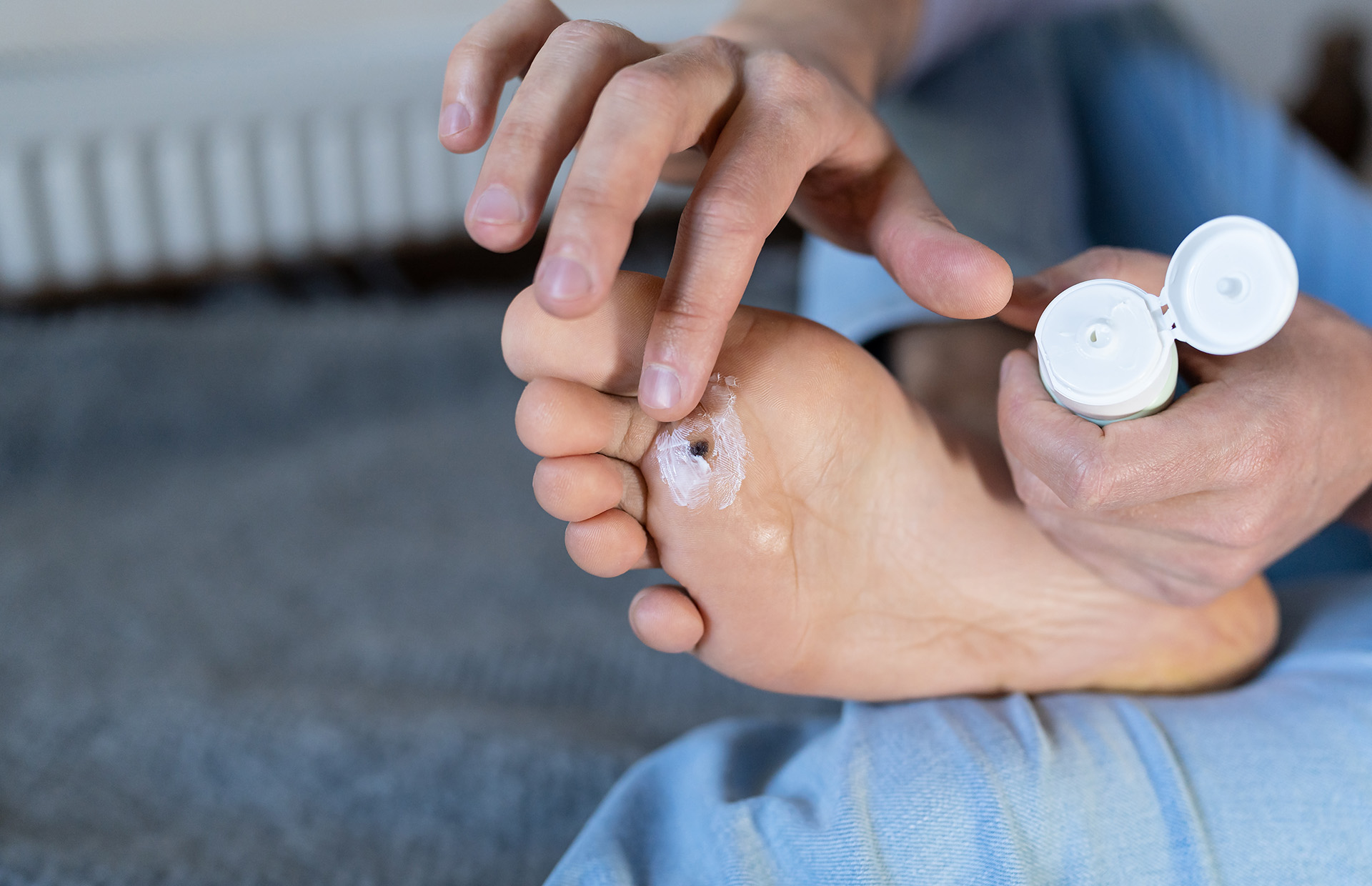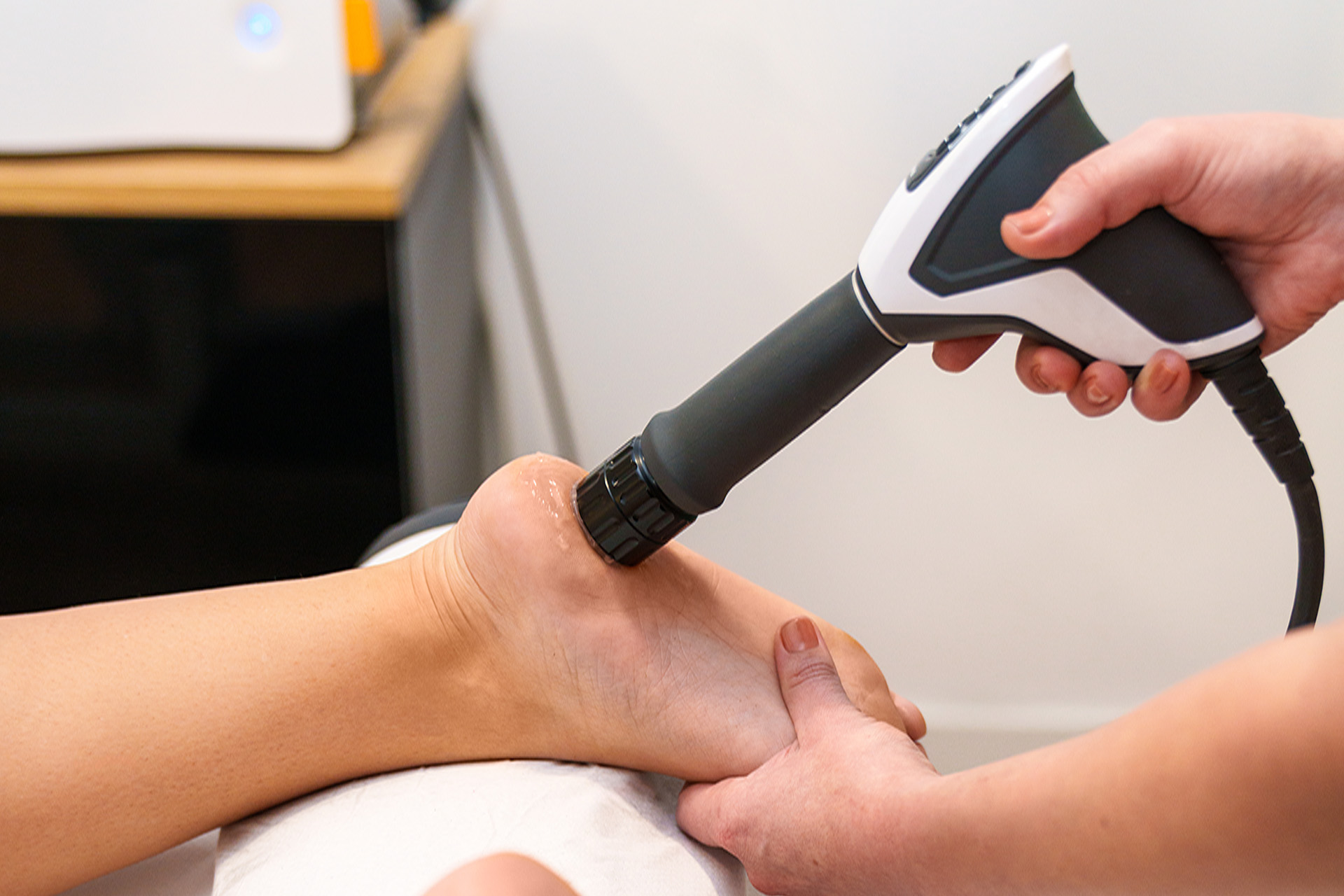Most runners don’t realise the benefits of consulting a podiatrist for running. Whether you are Usain Bolt or just trying to finish a weekend 5K run, runners of all abilities can benefit from strength training exercises recommended by a sports podiatrist.
Visiting a podiatrist regularly is not just about treating injuries when they occur. It is also about preventing long-term injuries. With running being a repetitive impact activity, even subtle imbalances or minor gait issues can lead to the development of a range of common foot injuries for runners. A sports podiatrist can identify biomechanical weaknesses before they manifest as pain, tailoring interventions that optimise your stride, foot strike and recovery strategies.
Professional runners, including three-time New York City Marathon Champion Alberto Salazar and American record holder in the mile, Alan Webb, are among the many proponents of proper foot care. That’s no coincidence. From customised training regimens to personalised footwear advice and orthotic prescription, professional athletes know that preventing a running foot injury is just as important as chasing performance gains. For both recreational and competitive runners, this mindset can transform not only race-day results but also long-term joint health.
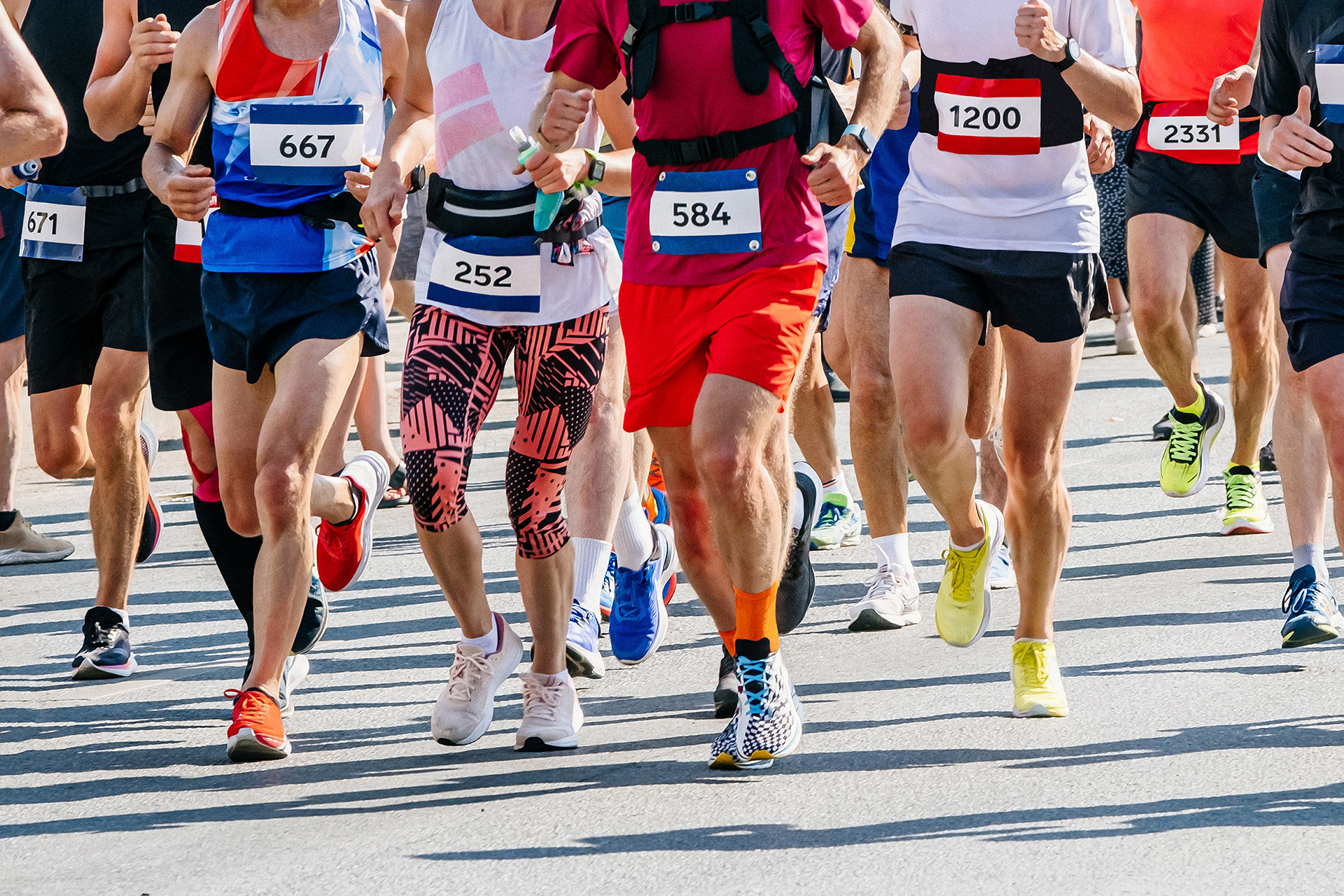
Your feet are one of the most critical assets for running. It’s only logical to think that the part of the body enduring the most abuse deserves the most attention and care from a running podiatrist.
The feet absorb repetitive ground forces equivalent to several times your body weight during running. Over months and years of training, this mechanical load can trigger, or worsen, a host of lower-limb injuries. A sports podiatrist can assess the unique shape, alignment and function of your feet and offer targeted interventions to protect against some of the most common running foot injuries.
Running foot injuries tend to build up over time as the pressure you’re putting on your body exacerbates any minor issues. Across an average year, up to 50% of runners will experience some kind of injury. The figure soars to 90% for marathon runners.
Understanding which foot running injuries are most prevalent among runners and why they occur is key to preventing them. Whether you’re experiencing early signs of discomfort or have had recurring problems with your feet, a proactive approach to running injury prevention can save you weeks or even months off training.
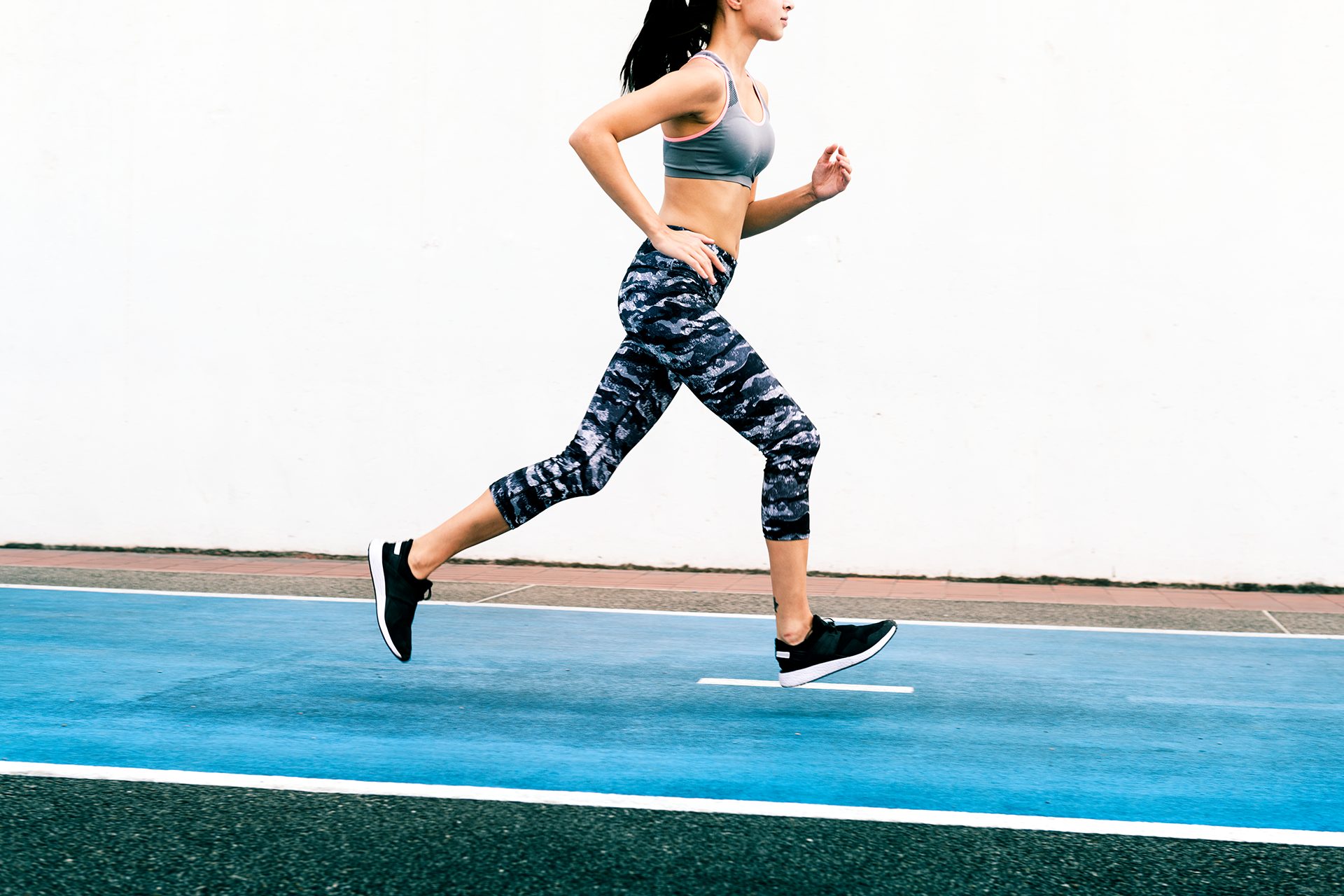
The most common running foot injuries affect the muscles or tendons. Stronger muscles are less likely to tear and will hold the foot in place so that tendons aren’t pulled and stretched beyond their natural limit. Developing proper foot strength and mobility is crucial for absorbing shock and maintaining a stable, efficient form. These qualities are often the difference between injury-free running mileage and a season sidelined by overuse conditions.
At The Foot Practice, we frequently encounter patients who exhibit significant muscle imbalances, particularly those who haven’t run for an extended period of time. Years of inactivity and prolonged sitting in an office chair can negatively impact the body’s soft tissues, often leaving individuals stronger on their dominant side. These asymmetries are common contributors to a foot injury after running. By addressing them early through gait analysis and targeted strengthening, we can reduce injury risk and optimise running mechanics.
What Are the Most Common Foot Injuries from Running?
Injury is the inevitable consequence of sports and is almost a rite of passage for becoming a true runner. Though we cannot prevent injury altogether, The Foot Practice’s sports podiatrist can recommend various methods and techniques to help reduce the frequency of these injuries.
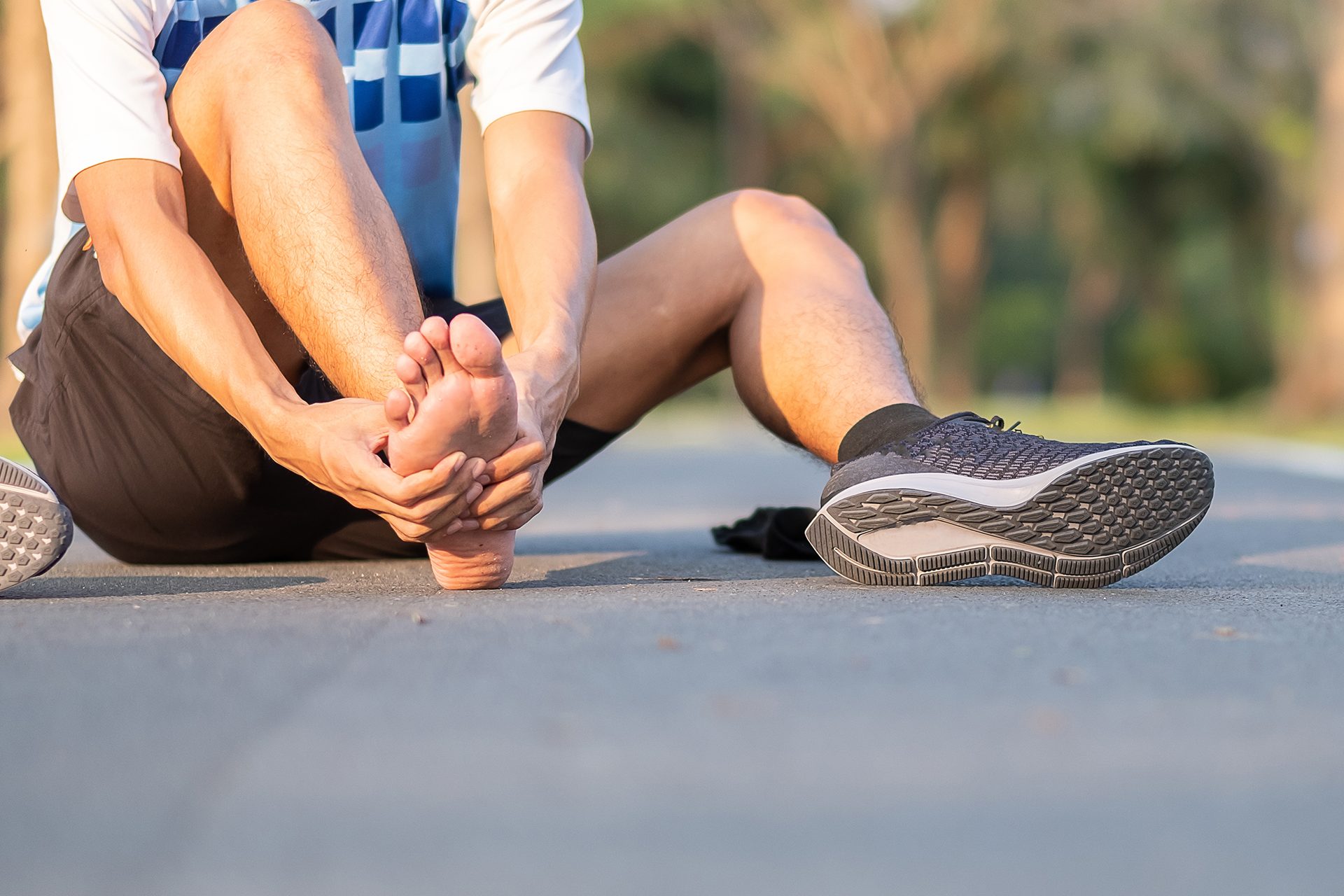
Below are some of the most common foot injuries reported by runners and how they can be managed:
- Plantar fasciitis – The plantar fascia attaches to the heel bone, and damage at this site can contribute to the development of symptoms. It is one of the most common foot injuries in runners and often presents with pain during the first steps in the morning or after rest. Using a tennis ball to massage the foot arch can help relieve symptoms and promote healing.
- Stress fractures – Tiny cracks in foot bones are often due to overtraining or poor footwear. These usually affect the metatarsals or navicular bone and require rest and offloading for recovery. Navicular stress fractures and fractures of the fifth metatarsal are considered high-risk locations, especially in runners. Localised pain over the affected bone is a key symptom, and pain worsens with continued activity. Maintaining healthy bone tissue is important in preventing the development of stress fractures. In severe cases, a walking boot may be required to immobilise the foot to support healing.
- Achilles tendinopathy – This is a common overuse injury of the Achilles tendon, often related to muscle tightness or weakness and due to repetitive strain. This condition is typically seen in runners who suddenly increase mileage or intensity.
- Shin splints – Pain along the inner edge of the tibia is often related to poor biomechanics. Also referred to as medial tibial stress syndrome, this is common in new runners or those training on hard running surfaces.
- Metatarsalgia – Inflammation and pain in the ball of the foot caused by pressure or improper shoes. The forefoot absorbs a significant amount of impact during toe-off, making it vulnerable in long-distance runners. Excessive pressure on the long metatarsal bones during running can contribute to pain and irritation.
- Running blisters – Blisters caused by friction from shoes or socks, especially in long-distance runs. They can be minor but can become disruptive and are a sign of pressure imbalances.
- Runner’s toe (subungual hematoma) – Bruising or blood under the toenail from repetitive trauma is often caused by tight shoes or downhill running. This trauma can damage the nail bed, leading to bruising or nail loss.
- Tendonitis – The peroneal tendons, posterior tibial muscle, and tibialis posterior muscle are common sites of overuse injury in runners, leading to inflammation of the tendons. Posterior tibial tendinitis and posterior tibial tendon dysfunction can result from overuse or biomechanical issues, potentially leading to instability or collapse of the arch. These conditions reflect instability or patterns of overuse.
- Morton’s neuroma – This condition, a pinched nerve between the toes, causes burning or tingling, often affects the nerve between the third and fourth toes, and repetitive foot pushes during running can aggravate nerve compression. Narrow shoes can increase pressure on the forefoot and nerves, raising the risk of Morton’s neuroma. Poor foot posture or tight footwear often contributes to this condition.
- Heel spurs – Bony growths under the heel are often associated with plantar fasciitis. They can worsen pressure-related heel pain in runners.
- Big toe injuries – Conditions such as hallux rigidus or bunions affect the metatarsophalangeal (MTP) joint of the big toe, impacting gait and causing pain or deformity.
These are among the most common foot injuries caused by running seen in both novice and seasoned athletes. Many are preventable with the right care and early intervention, with the help of a podiatrist, is key to avoiding lengthy time off from running.

What Causes Foot Injuries from Running?
Though most can be categorised under a single title of ‘overuse injuries’, many different factors will put you at a higher risk of contracting these running-related ailments. Here are some of the most common causes:
- Sudden changes in running surfaces from grass to asphalt
- Sudden increase in training intensity or volume, such as adding sprints, hills, or distance, too quickly
- Improper mechanics of the foot, such as high or low arches
- Improper biomechanics exacerbated by ill-fitting footwear
These risk factors underscore the importance of assessing every runner, regardless of experience, for underlying biomechanical inefficiencies. At The Foot Practice, we incorporate clinical assessments and motion analysis to identify early warning signs and offer personalised recommendations to support injury-free performance.

Foot Strength and Podiatric Management
The causes listed above are all contributing factors to overuse injuries. Listen to your body. Unlike the adage, do not run through pain. Your feet contain over 100 muscles, tendons and ligaments working in tandem during every stride. Keeping these tissues strong, mobile and well-supported can dramatically reduce your risk of developing one of the common foot injuries in runners.
Injuries like Achilles tendinitis are often caused by muscle weakness in the glutes and lower leg, combined with improper foot mechanics. Muscle tightness and weak muscles can also contribute to running injuries. It is essential to address both through a combination of stretching and strengthening exercises. This type of injury, for example, can be prevented with foot strengthening exercises for runners and a flexibility routine.
To address your issue effectively, you need to identify its root cause. Consulting a sports podiatrist, such as The Foot Practice, can be not only beneficial but essential.

Imbalances, Muscle Weakness, and Asymmetrical Gait
Not all imbalances are due to muscle weakness. Some bodies are asymmetrically shaped. This can be caused by injury or a medical condition, such as scoliosis, but in most cases, humans simply have one leg slightly longer than the other.
Left unaddressed, these anatomical variations can alter gait patterns and increase strain on specific parts of the foot, leading to injury. This is where advanced gait assessment tools, such as the RehaWalk® pressure-sensitive treadmill system, prove invaluable. By capturing real-time data on how pressure is distributed across the feet while walking or running, RehaWalk enables podiatrists to identify subtle imbalances and asymmetries that might otherwise go unnoticed.
If the difference is only a few millimetres, you probably won’t notice that you’re slightly lopsided until you take up running and wonder why your hips hurt so badly. These tiny, unnoticeable asymmetries can lead to significant imbalances that can lead to running injuries.
Through custom orthoses, footwear adjustments, and movement re-education informed by RehaWalk analysis, many of these issues can be corrected before they lead to foot injuries from running.
It’s usually recommended that new runners incorporate strength training into their regimen. Simple yet silly-looking activities, such as picking up a pencil with your toes, can target the muscles you need the most when running. This is particularly important if you’re returning after an injury, as muscles can start to atrophy within just a few days of disuse. You can’t launch straight back to your old levels. The injured leg may require additional rehabilitation and strengthening before returning to your previous running activity levels.
How to Prevent Running Injuries
The longer, more often, and further you run, the more likely you are to get injured. And, if you’ve been injured once, you’re likely to get hurt again. When you start to feel pain, it’s often an indication of a niggling microinjury ready for that moment when it can cause more acute harm. Before that happens, it’s worth the effort and time to make an appointment with a podiatrist who specialises in the prevention and treatment of sports injuries, such as The Foot Practice.
There are some things proven to reduce the risk of injuries, such as:
- Easing into training gradually, keeping your distances below 40 miles a week
- Wearing well-fitted shoes that match your foot shape and gait
- Monitoring early signs of overuse, such as tightness, soreness or changes in running form
- Performing a proper warm-up to increase blood flow to muscles and tendons before running
- Incorporating calf stretches to improve flexibility and reduce the risk of tendon injuries
The muscles you use for running are also the muscles you strengthen by running. If you’re a new runner, incorporating strength training exercises may be beneficial. It’s essential to take it easy, even if you feel like you could go further.

Let The Foot Practice Help You Stay Injury Free
If you are recovering from an ankle or foot injury from running, looking to maintain proper foot health, or want to see how you can improve your performance, discover how The Foot Practice’s Sports Podiatry services can help.
We offer comprehensive sports podiatry assessments, custom orthoses, gait analysis and individualised recovery strategies for runners at all levels. Let us help you avoid the most common foot injuries for runners and keep you moving toward your next milestone.



